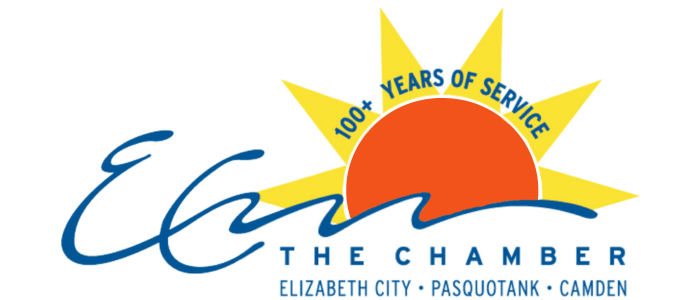The Portfolio Trap: How Freelancers Unwittingly Push Clients Away
In the crowded digital marketplace, freelancers and creatives often cling to one belief: that a sleek, well-designed portfolio is the key to landing clients. It makes sense on the surface—display the best work, present a clean layout, and let the results speak. But while that logic feels comfortable, it’s not always correct. There’s a growing gap between what freelancers think their portfolio communicates and how potential clients actually experience it.
Showcasing Work Without Context Feels Like a Guessing Game
When visitors land on a portfolio and see a grid of projects, the assumption is that they’ll understand the value right away. The problem is, most portfolios don’t tell the story behind the work—they just show the outcome. Without context, a case study becomes just a picture, and a design turns into decoration. Clients looking to solve specific problems aren’t just browsing for style—they’re scanning for proof of strategy, thinking, and relevance.
Too Much Curation Can Feel Like a Wall Instead of a Window
The obsession with perfection can backfire. A lot of portfolios are curated to such a polished degree that they feel cold, distant, and overly rehearsed. That level of gloss can actually push clients away because it removes any sense of process or personality. People want to work with other people, not mystery brands behind sterile pages of flawless thumbnails.
Vague Language Is a Red Flag, Not a Tease
Creative professionals often believe clever wording or trendy titles will catch attention, but vague phrases rarely build trust. Saying “strategic storyteller” or “design wizard” without backing it up confuses more than it clarifies. When someone’s trying to figure out if you're the right fit for their team or project, they want direct answers—not riddles. Jargon-heavy descriptions can feel like a smoke screen for lack of clarity or direction.
Low-Quality Visuals Can Tarnish High-Quality Work
Even the strongest creative work can lose impact when presented with grainy, outdated, or poorly lit visuals. Low-resolution images in a portfolio suggest a lack of attention to detail, which can quietly erode a visitor’s confidence in a business’s professionalism. No matter how skilled the service behind the image, blurry thumbnails and pixelated previews send a message of neglect. Tools that highlight the role of image upscalers in design offer a solution by enhancing older visuals—boosting clarity, detail, and resolution without warping the original work.
Portfolios That Focus Solely on Visuals Miss the Point
Designers, illustrators, photographers—visual professionals in particular—tend to let their visuals carry the entire conversation. But great work doesn't speak for itself unless the viewer speaks the same language. A clean logo might catch the eye, but it doesn’t explain the challenge it solved, the constraints behind it, or the measurable outcomes. Clients don’t need a gallery; they need a narrative that makes the work relevant to them.
Lack of Navigation Turns Visitors Into Wanderers
A portfolio with poor navigation is like a boutique with no signs. Too many creatives focus on the look of the site but ignore how it actually flows. If someone doesn’t know where to click next, where to find key information, or how to contact you quickly, they’re gone. That friction—however subtle—signals disorganization, even if the visuals suggest otherwise.
The Absence of a Clear Offer Leaves Clients Guessing
Many freelancers forget that a portfolio isn’t just a museum of past work—it’s a sales tool. Without a clear explanation of what services are offered, who they’re for, and how to get started, a potential client is left guessing. This silence can read as indecision or lack of confidence. A strong offer, presented clearly and succinctly, gives the visitor a reason to act instead of just admire.
Generic Portfolios Blend Into the Background
In a sea of similar designs and boilerplate content, the worst thing a portfolio can be is forgettable. Playing it safe, mimicking others, or relying on templates doesn’t build authority—it breeds sameness. Clients want to feel like they’ve discovered someone with a point of view, a defined approach, and a voice. Personality isn’t unprofessional—it’s what turns visitors into leads.
In the end, the real purpose of a portfolio isn’t to impress—it’s to connect. When that connection feels too distant, too abstract, or too difficult to make, even the most beautiful website can be a dealbreaker. Winning new work online isn’t about showcasing talent in isolation. It’s about guiding the viewer through a clear, authentic path that helps them see you not just as a creative, but as a collaborator.
Join the Elizabeth City Area Chamber of Commerce to connect with local businesses and strengthen your community through unparalleled networking and support opportunities!


